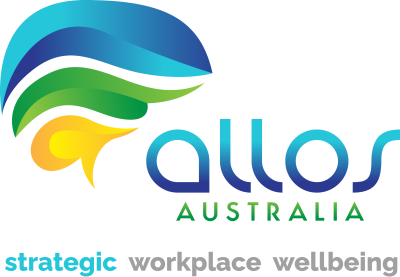During a visit to the NASA space centre in 1962, President J F Kennedy noticed a cleaner carrying a broom. He interrupted his tour, walked over to the man and said, “Hi, I’m Jack Kennedy. What do you do?”. The cleaner responded, “Well, Mr President, I’m helping put a man on the moon.”
Whatever your role in an organisation, it is important and there is a reason for it. If it weren’t important, it wouldn’t be there. Making sure each individual knows this and sees how their role contributes to the organisation’s overall purpose is critical to the success of every business.
The world is changing. Until Covid 19, it was getting smaller – easier to travel, and as a result, people moved away from their friends and family with the comfort and knowledge that they could visit or speak to them regularly.
The sense of belonging is the feeling that we are in a place where we can be ourselves -where we are safe. Where we are accepted for who we are. People who feel that they belong perform better and become more willing to challenge themselves.
However, this led to changes in the way we look at the workplace. For many, this is now our social community and our families need to relate to this relationship as a major part of our lives.
It is where we belong; or want to belong. For many, it is part of what defines us. A strong sense of social belonging is fundamental to our lives. We look to build families and develop friendships. Without them, we feel isolated.

The sense of belonging is the feeling that we are in a place where we can be ourselves -where we are safe. Where we are accepted for who we are. People who feel that they belong perform better and become more willing to challenge themselves. They will suggest improvements to processes and report issues and incidents because they are invested in making the workplace a better one for everyone.
The leaders in the workplace need to recognise this and capitalise on the power of this greater sense of belonging and create an environment which is safe for everyone, where employees can be their authentic self at work.
In other words, workplace belonging drives; psychological safety, employee engagement, employee experience, employee wellbeing and company culture.
The leaders in the workplace need to recognise this and capitalise on the power of this greater sense of belonging and create an environment which is safe for everyone, where employees can be their authentic self at work. It starts with providing the employees with a shared sense of purpose.
Ensuring that each and every worker knows the purpose of the business; what the strategy is; and how their particular role contributes to this bigger objective and shared vision. How they relate the “what’s in it for me” with the success of the company as a whole.
By listening to their own goals and life challenges, the workplace can become the place to help realise personal goals and at the same time ensure that the performance of the team and of the individuals in it, thrive and deliver optimum results to the business. Remote work has made this only more important.
In a 2019 HBR study, a high sense of belonging was linked to:
- 56% increase in job performance
- 50% drop in employee turnover risk
- 75% reduction in sick days
Providing a sense of purpose and belonging is good for the workers and essential for business success.
So how do leaders build this sense of belonging?
- Be vulnerable – share stories of where you’ve been isolated from a group and how it felt.
- Trust and be Trusted.
- Treat everyone equally.
- Learn about each member of the team. What’s their passion. Who’re the important people in their lives.
- Communicate the common purpose and how each person contributes in their own specific way.
- Be an inclusive leader and invite feedback to identify your unconscious bias. Reward positive behaviour.
- Watch for actions within the team of exclusion and act quickly when it happens.
- Ensure that the Return to Work Program is implemented quickly when someone has been absent, even if it is returning to reduced or restricted duties.
None of these things are difficult to do. In fact, they are all easy, attitudinal, and things that will make the leader, their team and family feel better and mean that the business also benefits from the results.
About the author: Nick Watts
Nick has an MBA in Project Management and over 30 years of operational management experience in government and private sectors including GM roles in Health, Safety, Environment and Wellbeing. Nick heads up Allos’ New Lens program. Learn more about Nick here.

